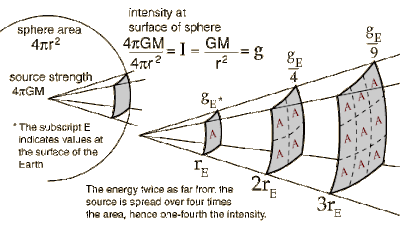 "Composition VI", 1913, Wassily Kandinsky
"Composition VI", 1913, Wassily KandinskyThe term "Composition" can imply a metaphor with music. Kandinsky was fascinated by music's emotional power. Because music expresses itself through sound and time, it allows the listener a freedom of imagination, interpretation, and emotional response that is not based on the literal or the descriptive, but rather on the abstract quality that painting, still dependent on representing the visible world, could not provide.On Wassily Kandinsky and Music
How is it one is to picture the emotive content that surrounds us , and in a comparative view assign it to the emotive quality of Earth's Environ. It's storms and raining waters that cleanse, bring tears to the eyes, and in a moments release, all that is pent up rains from the cloud of distress.
So chaotic then one is to perceive the reality they live in. Such uncertainty at levels that create a haze of any time valued determination becomes the clouded colour of reason, that is baseless and motivated by the fires in the heart of anger and revealed in the pain of a lesson.
Held to the Earth's Environ according to our placement of the materials in the expressive nature of some inspirational phase change that holds seeds of the entropic balanced of order.To make Earth more human. It's peaceful places of waterfalls and it's deserts, devoid of the greenery. How dry and taxing this distress hidden in the winds.

Novel FulleranesSee: Water Structure and Science
The basic expanded network structure of the icosahedral water cluster is mechanically strong, having close to tetrahedrally-positioned bonds, and could be found in the, as yet undiscovered, alkane C280H120; made up of twenty C14 tetrahedral sub-structures. Using the AMBER force-field, the average C-C and C-H bond lengths and bond angles were 1.533 Å (SD 0.014 Å), 1.091 Å (SD 0.0001 Å) and 109.46° (SD 1.47°) respectively.
 Icosahedral super cluster
Icosahedral super cluster.
A super cluster of thirteen water icosahedra, showing the tessellation ability. Thirteen complete but overlapping icosahedral clusters form this super-icosahedral structure (an icosahedron of interpenetrating icosahedra; that is, a tricontahedron) containing 1820 water molecules (an outer shell of an additional 360 water molecules is also shown). This structure is for illustrative purposes only of the type of superclustering possible. It is not likely to be a preferred minimum-energy structure due to the increased strain on full tessellation [295]; However the icosahedral structures can form part of fully tessellated clathrate I-type structures.
See Also:














